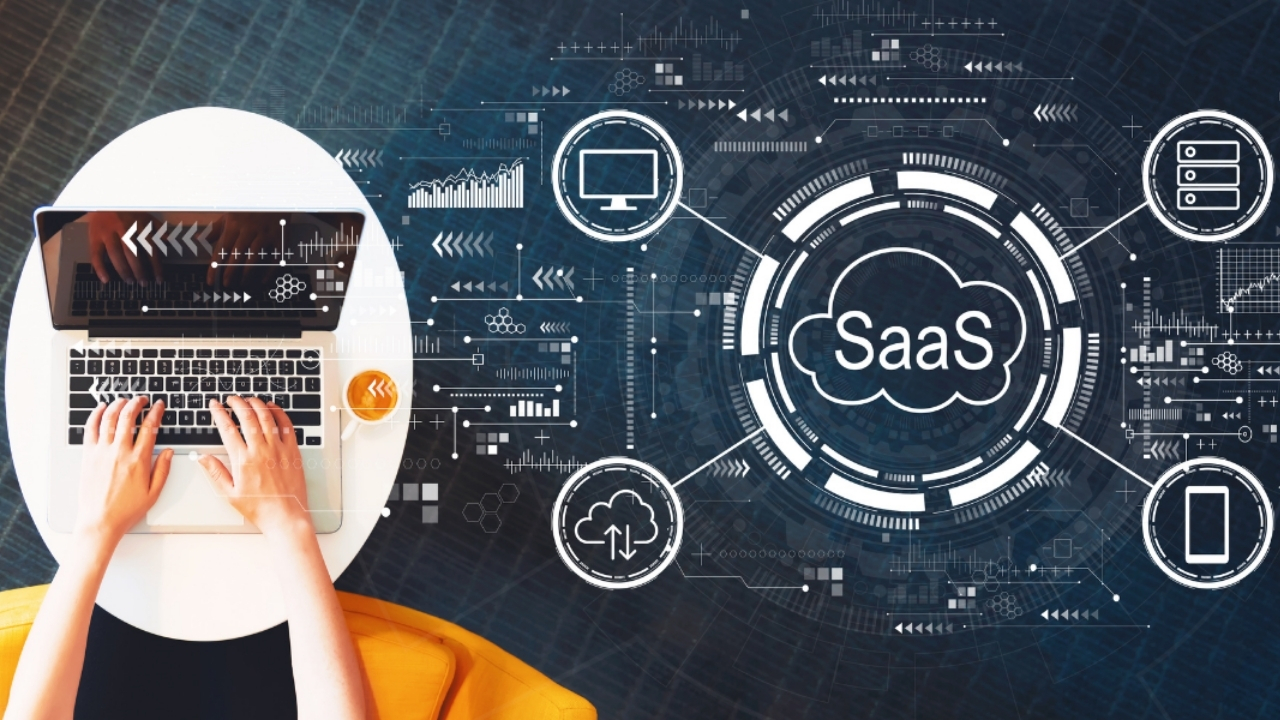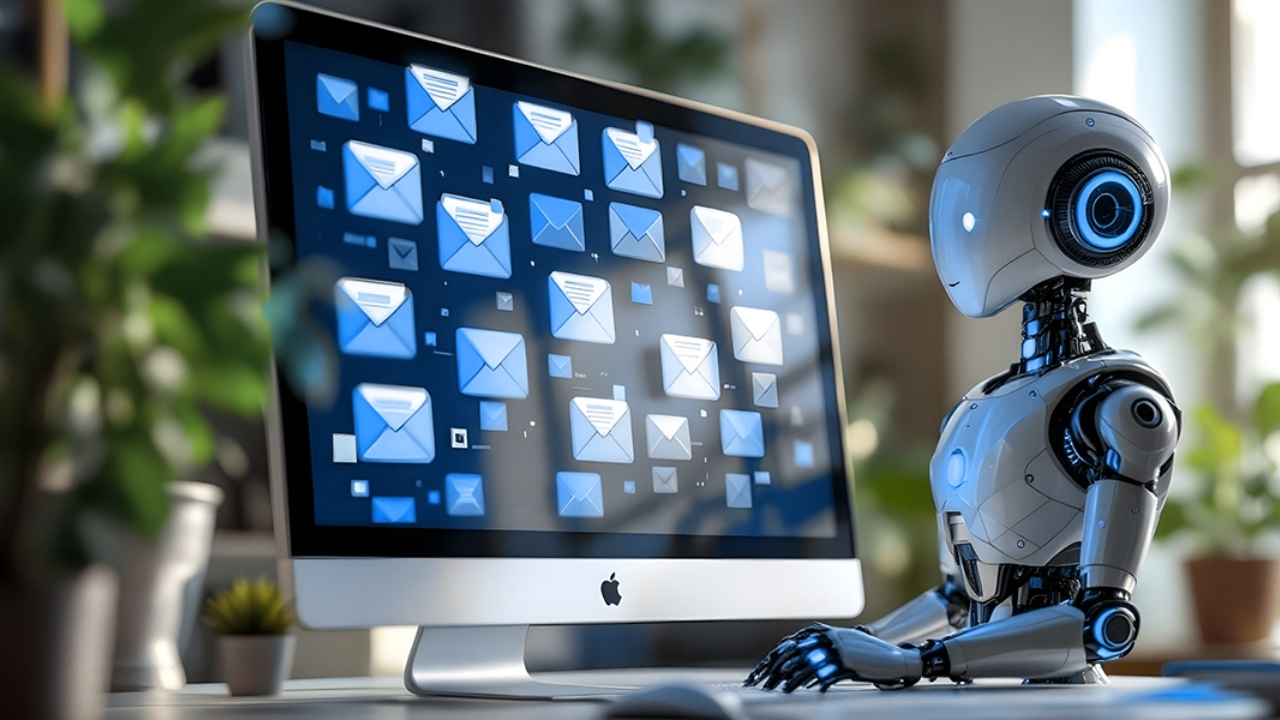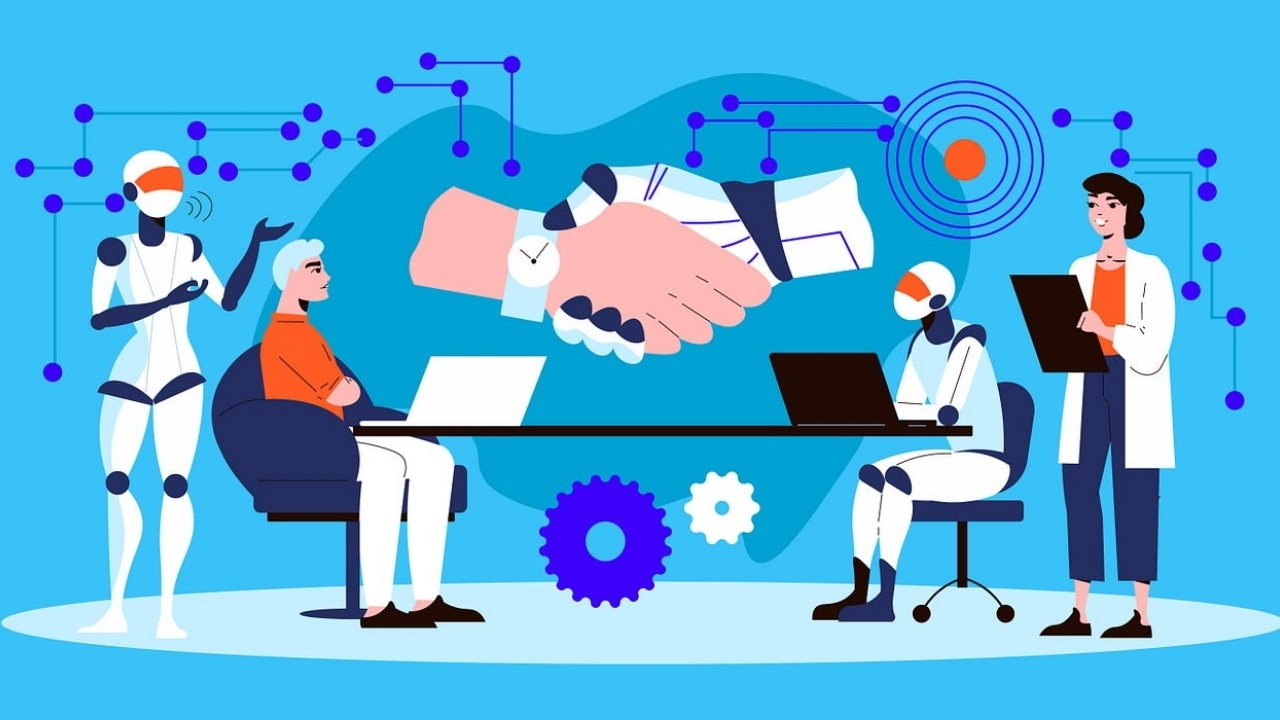Artificial intelligence is transforming the SaaS world — and now is the perfect time to build a scalable AI SaaS product that solves real problems for job seekers, marketers, educators, or business teams.
Whether it’s an AI resume builder, a smart writing assistant, or an automated customer support tool, an AI SaaS lets you monetize your expertise, leverage machine learning, and offer value to users 24/7.
Let’s break down how to build, launch, and grow your own AI SaaS — and why this is one of the most profitable business models of 2025.
Why AI SaaS Is a Game-Changing Business Model
1. High Demand Across Industries
From recruitment and HR to marketing and education, organizations are seeking AI-powered tools that streamline their operations. An AI SaaS platform can solve niche problems like:
-
Generating personalized resumes and cover letters
-
Automating social media captions
-
Summarizing research papers
-
Writing cold emails that convert
The value lies in speed, accuracy, and cost reduction.
2. Recurring Revenue with Low Marginal Costs
Once built, an AI SaaS generates recurring income via subscription plans. With cloud infrastructure, onboarding a new user costs close to nothing — making it extremely scalable.
🔗 Example: Rezi is an AI resume builder that automates ATS-friendly resume creation — a successful SaaS powered by GPT-based AI.
3. AI Gives You a Competitive Edge
AI capabilities such as:
-
Natural language generation (NLG)
-
Predictive analytics
-
Recommendation engines
-
Image recognition and classification
…can give your SaaS a unique value proposition and keep you ahead of no-AI competitors.
How to Build Your AI SaaS Step by Step
Step 1: Choose a Problem and Niche
Focus on a specific, high-friction problem. Examples:
-
Students needing academic writing help
-
Freelancers writing cover letters
-
HR teams screening resumes
-
Coaches managing client workflows
Your AI SaaS must solve a problem people are actively trying to fix with speed and accuracy.
Step 2: Select the Right AI Framework
Popular tools and APIs:
-
OpenAI API (GPT-4) for text generation
-
Pinecone or Weaviate for semantic search
-
Hugging Face for model deployment
-
LangChain + Vector DB for complex workflows
Use no-code tools like Bubble, Zapier, or Retool for MVPs.
Step 3: Build Core SaaS Features
Must-have components:
-
User account system (auth, roles)
-
Dashboard with user-friendly UI
-
Input/output editor (e.g., resume builder canvas)
-
Payment integration (Stripe, Paddle)
-
Data privacy and GDPR compliance
Optional features:
-
API access for developers
-
Real-time collaboration
-
Analytics and usage tracking
How to Monetize Your AI SaaS
1. Subscription Plans
Offer multiple tiers:
-
Free plan: Limited credits or watermarked exports
-
Starter ($19/mo): Full access to core features
-
Pro ($49/mo): Extra templates, faster outputs
-
Enterprise: Custom pricing and white-labeling
2. Pay-Per-Credit Model
Charge for each AI query or export, ideal for services like video scripts or email templates.
3. Team Licenses or Seat-Based Pricing
Great for B2B SaaS where multiple users (HR teams, marketers) need access under one account.
Marketing and Growth Tips
1. SEO and Content Marketing
Write keyword-rich articles like:
-
“Best AI Resume Builders in 2025”
-
“How AI SaaS is Disrupting Hiring”
-
“Top AI Tools for Freelancers”
Use case studies and blog posts to drive organic traffic.
2. Product Hunt Launch
Launch your AI SaaS on Product Hunt to attract early adopters and gather feedback fast.
3. Affiliate and Influencer Partnerships
Let creators promote your SaaS for a 30–40% commission. Ideal for resume, productivity, or business tool niches.
4. Build a Freemium Onboarding Funnel
Let users try core features for free and upsell them inside the app.
An AI SaaS platform is one of the smartest ways to combine innovation with business scalability. Whether you’re helping people land jobs, optimize workflows, or automate repetitive tasks, AI gives you the power to deliver massive value — automatically.
If you’re ready to build a solution that works while you sleep, it’s time to bring your AI SaaS idea to life.







